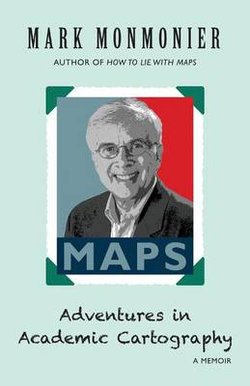Mark Monmonier pursued a vigorous career in cartographic scholarship, with faculty appointments at the University of Rhode Island, the State University of New York at Albany, and Syracuse University, where he was appointed associate professor in 1973 and promoted to professor in 1979 and distinguished professor in 1998. Electronic strategies for map design and analysis dominated his research through the mid-1990s. He published the first general textbook on computer-aided mapping and made innovative contributions to interactive statistical graphics. An early invention now known as the Monmonier Algorithm became an important research tool for geographic studies in linguistics and genetics. An emerging curiosity about the intersection of mapping and public policy led to "Technological Transition in Cartography" (1985) and "Spying with Maps" (2002), and a growing interest in origins inspired focused histories like "Air Apparent: How Meteorologists Learned to Map, Predict, and Dramatize Weather" (1999) and "Rhumb Lines and Map Wars: A Social History of the Mercator Projection" (2004). Recognition includes an Association of American Geographers Media Achievement Award (2000), the American Geographical Society's O. M. Miller Medal (2001), and the German Cartographic Society's Mercator Medal (2009). He continues an active life of scholarship, currently focused on patented cartographic inventions.



Share This Book: